When artist Kris Kashtanova received the first U.S. copyright for an AI-generated graphic novel in 2022, only to have it partially revoked months later, it ignited global debate over digital art ownership rights in the AI era. As lawsuits multiply and precedents shift, creators and tech giants clash over fundamental questions: Can algorithms hold copyrights? Do artists deserve compensation when their work trains AI?
The Legal Battlefield
The landmark Stability AI lawsuit (Andersen v. Stability AI) represents artists’ fury. Over 10,000 creators allege companies scraped copyrighted works without permission for training datasets. “These generative AI tools are commercial vacuum cleaners,” argues plaintiff’s attorney Matthew Butterick. Yet companies counter that their algorithmic transformation process constitutes fair use – comparing it to artists studying styles.
Recent US Copyright Office rulings clarify little. While pure AI outputs can’t be copyrighted (as in Thaler v. Perlmutter), human-AI hybrids enter gray territory. Kashtanova retained rights only for “human-authored elements” in her novel – a precedent leaving creators navigating copyright registration minefields.
New Ownership Models Emerge
Amid the chaos, innovative solutions surface:
-
Ethical AI licenses like Adobe’s Firefly compensate artists through contribution-based royalties
-
Blockchain verification systems (e.g., Verisart) timestamp human creative input
-
Opt-out registries (Spawning.ai) let artists exclude work from AI training
-
Shared revenue pools at platforms like Shutterstock distribute AI profits to contributors
Still, tensions simmer. When DeviantArt launched its AI art generator, artists revolted over opt-out defaults. “Consent should be opt-in,” fumes illustrator Sarah Andersen, a plaintiff in the Stability AI class action.
The Future Canvas
Four key developments will reshape AI art copyright law:
-
EU AI Act’s transparency mandates requiring dataset disclosures
-
Style protection lawsuits testing if artistic signatures can be copyrighted
-
Human-AI collaboration standards defining authorship thresholds
-
Generative AI licensing platforms automating micropayments
As Getty Images CEO Craig Peters states: “We need frameworks where AI innovation compensates creators – not exploits them.” The coming years will determine whether algorithms become collaborators or copyright thieves.



